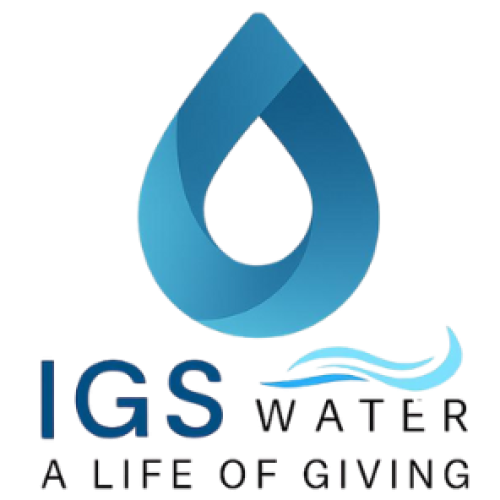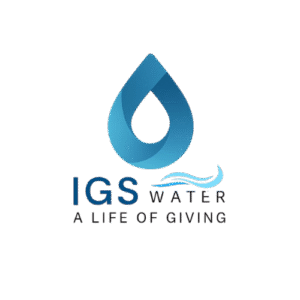Water quality is crucial for the health of aquatic ecosystems, agricultural productivity, and industrial processes. Conducting a thorough water quality survey helps identify issues early and allows you to take targeted actions to improve water conditions. In this guide, we’ll walk you through the essential steps and data points to collect for an effective water quality survey.
Why Conduct a Water Quality Survey?
Before diving into the steps, it’s important to understand why this survey matters:
- Detects contamination and pollutants early
- Monitors dissolved oxygen and nutrient levels
- Identifies algae growth or sludge buildup
- Helps optimize water treatment solutions, including nanobubble technology
Step 1: Define the Purpose of Your Survey
Clarify what you want to achieve. Are you monitoring for algae blooms, assessing suitability for aquaculture, or preparing for treatment installation? Your goal shapes what data to collect.
Step 2: Gather Basic Site Information
Start with the fundamentals:
- Location of the water body (pond, lake, reservoir, etc.)
- Surface area and average depth
- Water source (municipal, river, treated wastewater, etc.)
- Existing water treatment or aeration systems
Step 3: Measure Key Water Quality Parameters
These are the critical data points that inform your treatment decisions:
- Dissolved Oxygen (DO): Essential for aquatic life; low DO indicates poor water health.
- pH Level: Indicates acidity or alkalinity, affecting chemical reactions and aquatic species.
- Temperature: Influences oxygen levels and organism metabolism.
- Turbidity: Measures water clarity; high turbidity may signal sediment or algae.
- Nutrient Levels: Nitrogen and phosphorus promote algae growth when excessive.
- Flow Rate: Important if you plan to install aeration or nanobubble systems, as it affects system sizing.
Step 4: Document Biological Indicators
- Presence of algae or aquatic plants
- Fish and other aquatic species observed
- Any signs of disease or fish mortality
Step 5: Record Visual Observations
Note things like:
- Odor or unusual colors
- Sludge buildup or sediment layers
- Floating debris or foam
Step 6: Use the Right Tools and Sampling Methods
- Collect water samples at different depths and locations
- Use calibrated sensors for accurate measurements
- Repeat sampling over time to track changes
Step 7: Analyze and Report Your Findings
Compile your data clearly, highlighting areas of concern and recommendations. This report helps your water treatment provider tailor solutions precisely to your needs.
Why Accurate Data Collection Matters
Accurate and comprehensive water quality data enables us to design effective nanobubble or other treatment systems that target your specific issues — whether it’s boosting dissolved oxygen, controlling algae, or breaking down sludge naturally.
Need Help With Your Water Quality Survey?
Our team can guide you on what data to collect and how to interpret results to get the most out of your water treatment investments. Contact us for expert advice tailored to your site’s unique conditions.

